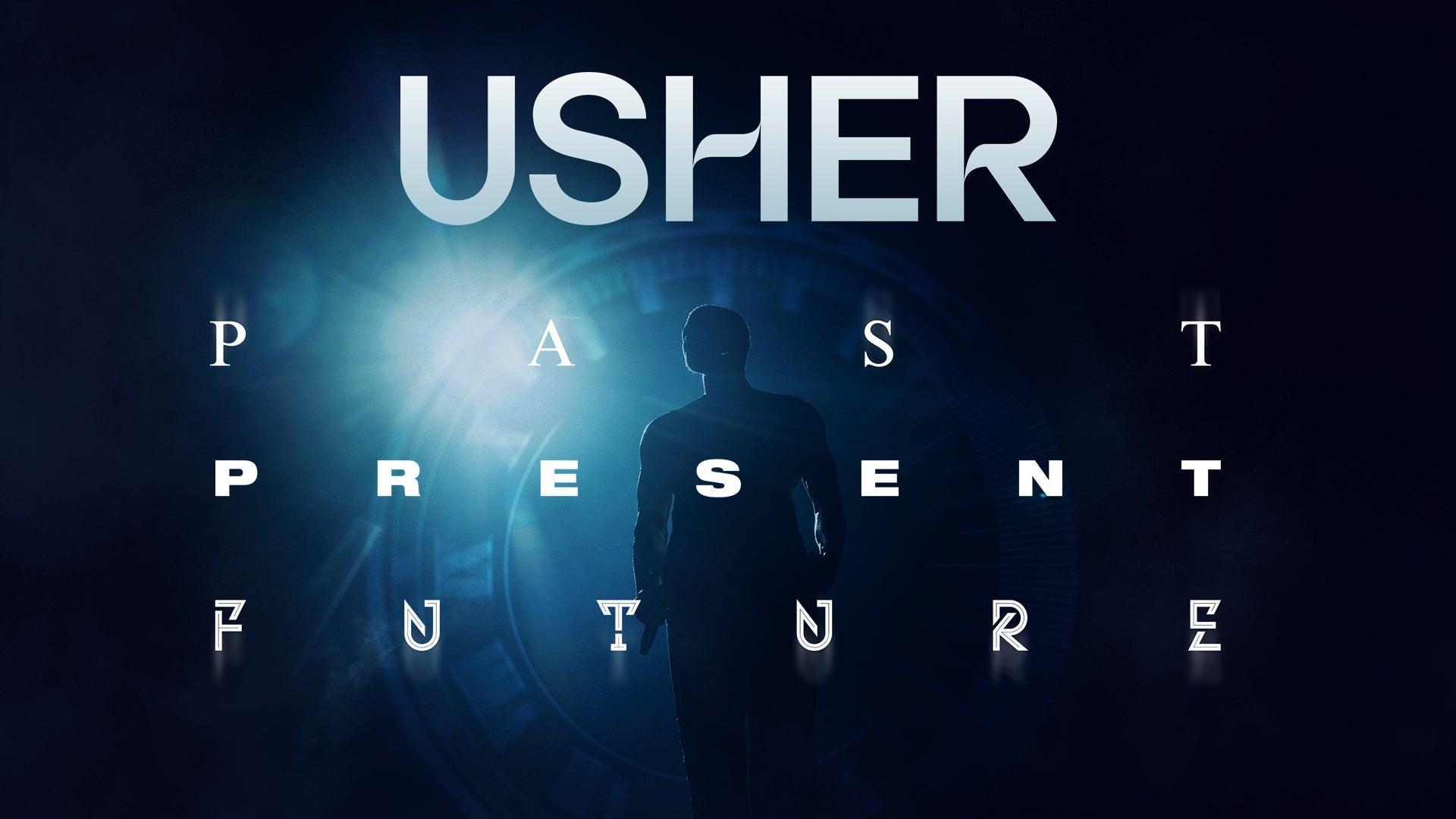Attending a concert is an exhilarating experience, filled with anticipation and the thrill of live music. But amidst the excitement, a practical question often arises: “When does the concert actually end?”
Uncertainty about the concert’s duration can lead to logistical challenges, especially when planning transportation, making post-concert plans, or simply wanting to enjoy the experience without worrying about the time.
This comprehensive guide will delve into the factors that influence concert end times, provide practical tips for determining when the music will cease, and address common misconceptions surrounding concert durations. Whether you’re a seasoned concert-goer or a first-timer, understanding concert timings will enhance your overall experience.
Deciphering Concert Schedules: Key Factors at Play
Concert end times are rarely set in stone, influenced by a symphony of variables that contribute to the fluidity of a live performance. Here’s a closer look at the key players orchestrating the concert’s finale:
The Genre and Artist’s Style
Different genres often have different performance norms. A classical music concert might have a predetermined program with a set duration, while a rock or pop concert could have a more flexible structure, allowing for extended jams, improvisations, or interactions with the audience.
Similarly, an artist known for their lengthy encores might push the concert’s end time later than anticipated.
The Venue and its Regulations
Concert venues, much like instruments in an orchestra, play a crucial role in determining the concert’s end time. Venues often have specific closing times, noise ordinances, or curfews they must adhere to, particularly in residential areas.
These restrictions can significantly impact when the music must stop, regardless of the artist’s setlist or the audience’s enthusiasm.
The Presence of Opening Acts
Concerts featuring multiple acts, with one or more openers preceding the headliner, naturally have longer overall durations. The number of opening acts, the length of their sets, and the time required for stage changes between performances all contribute to a later end time.
Unforeseen Circumstances: Technical Hiccups and More
Live performances are inherently unpredictable, and unforeseen circumstances can arise, impacting the concert’s schedule. Technical difficulties, such as sound system issues or instrument malfunctions, might require pauses for adjustments, potentially pushing back the end time.
Tips for Estimating the Concert End Time
While predicting the exact minute a concert will end is nearly impossible, you can employ these strategies to estimate the finale and plan accordingly:
Consult the Ticket or Official Website
The concert ticket itself or the event’s official website often provides an estimated end time. Look for sections labeled “Schedule,” “Event Details,” or similar headings.
Keep in mind that these times are often estimates and can change due to the factors mentioned earlier.
Engage with Social Media and Concert Apps
In today’s digital age, social media platforms and dedicated concert apps have become valuable resources for real-time updates. Follow the artist, the venue, or the event promoter’s social media accounts for any announcements regarding schedule changes or delays.
Concert apps often aggregate information from various sources, providing up-to-date timings and even notifications about setlist changes.
Communicate with Venue Staff or Ushers
Don’t hesitate to ask venue staff or ushers for information about the estimated end time. They are often privy to the event’s progress and can offer insights based on their experience.
Consider Historical Data and Fan Accounts
If you’re familiar with the artist or have attended their concerts before, consider their past performance durations as a potential indicator. Online fan communities or concert review websites might also provide insights into the artist’s typical set lengths and whether they’re known for encores.
Debunking Common Concert Duration Myths
Misconceptions surrounding concert lengths abound, often fueled by the unpredictable nature of live performances. Let’s address some prevalent myths:
Myth 1: Concerts End Precisely at the Stated Time
While organizers and venues strive for adherence to schedules, the reality is that concerts often deviate from the initial estimates. Factors such as encores, technical difficulties, or an artist’s desire to extend the performance can all contribute to a later finish.
Myth 2: Encores Are Short and Sweet
Encores, those magical moments when the artist returns to the stage after the main set, are often perceived as brief additions. However, some artists are known for their extended encores, turning them into mini-sets that significantly prolong the concert.
Planning Your Concert Experience: End Time in Mind
Strategically planning your concert experience around the estimated end time ensures a smoother and more enjoyable evening. Here’s how:
Transportation Tactics: Beat the Post-Concert Rush
Leaving a concert with thousands of other attendees can be chaotic. If you’re relying on ride-sharing services, consider scheduling a pickup for slightly later than the estimated end time to avoid surge pricing and potential delays.
Public transportation, if available, can be a more reliable option, but factor in walking distances and potential route changes due to event traffic.
Post-Concert Plans: Flexibility is Key
If you’re planning dinner reservations or other activities after the concert, aim for venues with flexible seating times or communicate your potential for a late arrival.
Embrace Spontaneity: The Beauty of Live Music
Remember that live music is a dynamic art form, and part of the thrill lies in its unpredictability. Build some buffer time into your schedule to accommodate potential encores or unexpected delays.
Conclusion: Enjoy the Music, Plan Wisely
While predicting the exact moment the last chord will resonate is part of the concert’s mystique, understanding the factors influencing concert end times empowers you to plan effectively.
By consulting official sources, leveraging technology, and embracing a degree of flexibility, you can navigate the logistical aspects while fully immersing yourself in the magic of live music. So, embrace the unknown, plan wisely, and let the rhythm guide your night!


